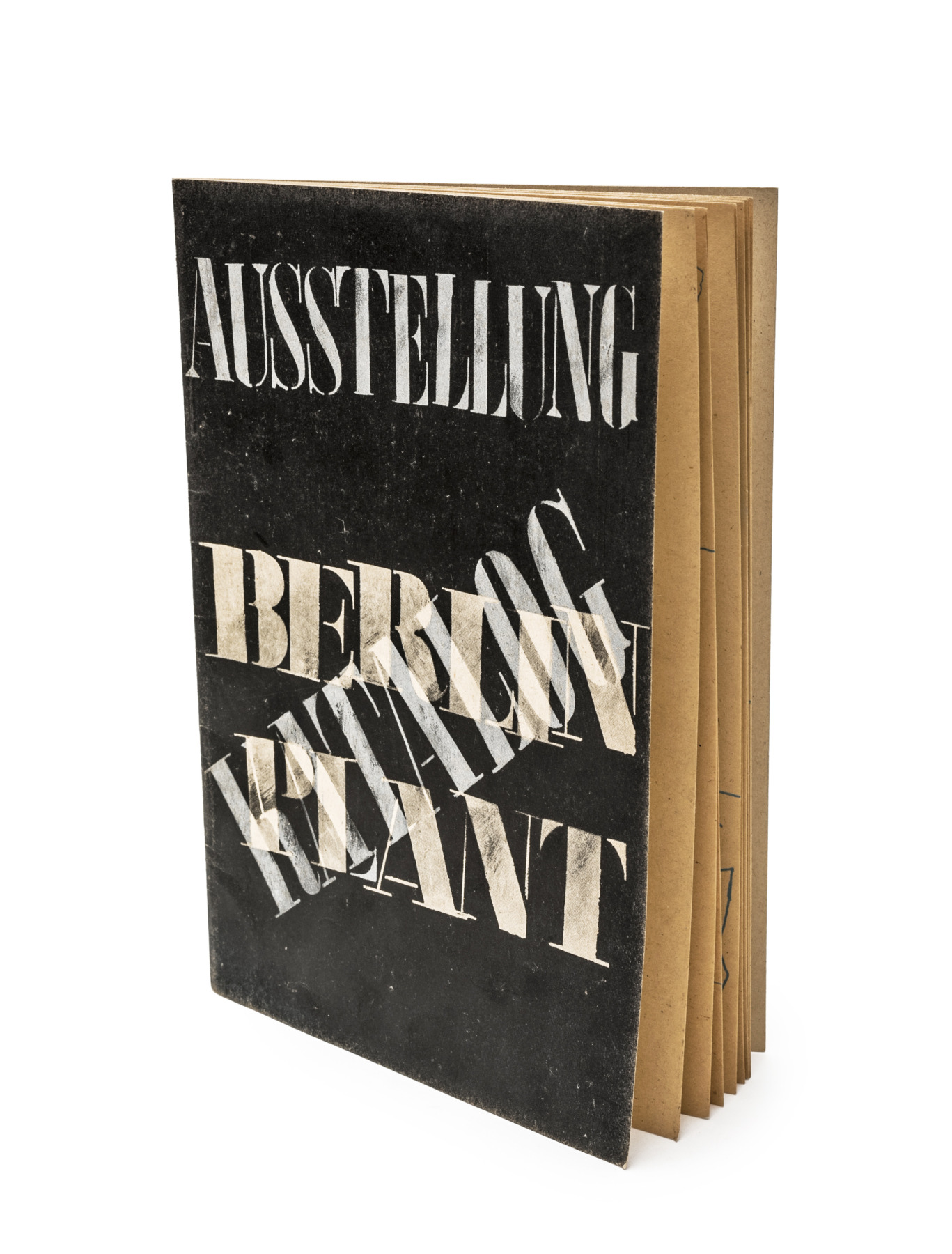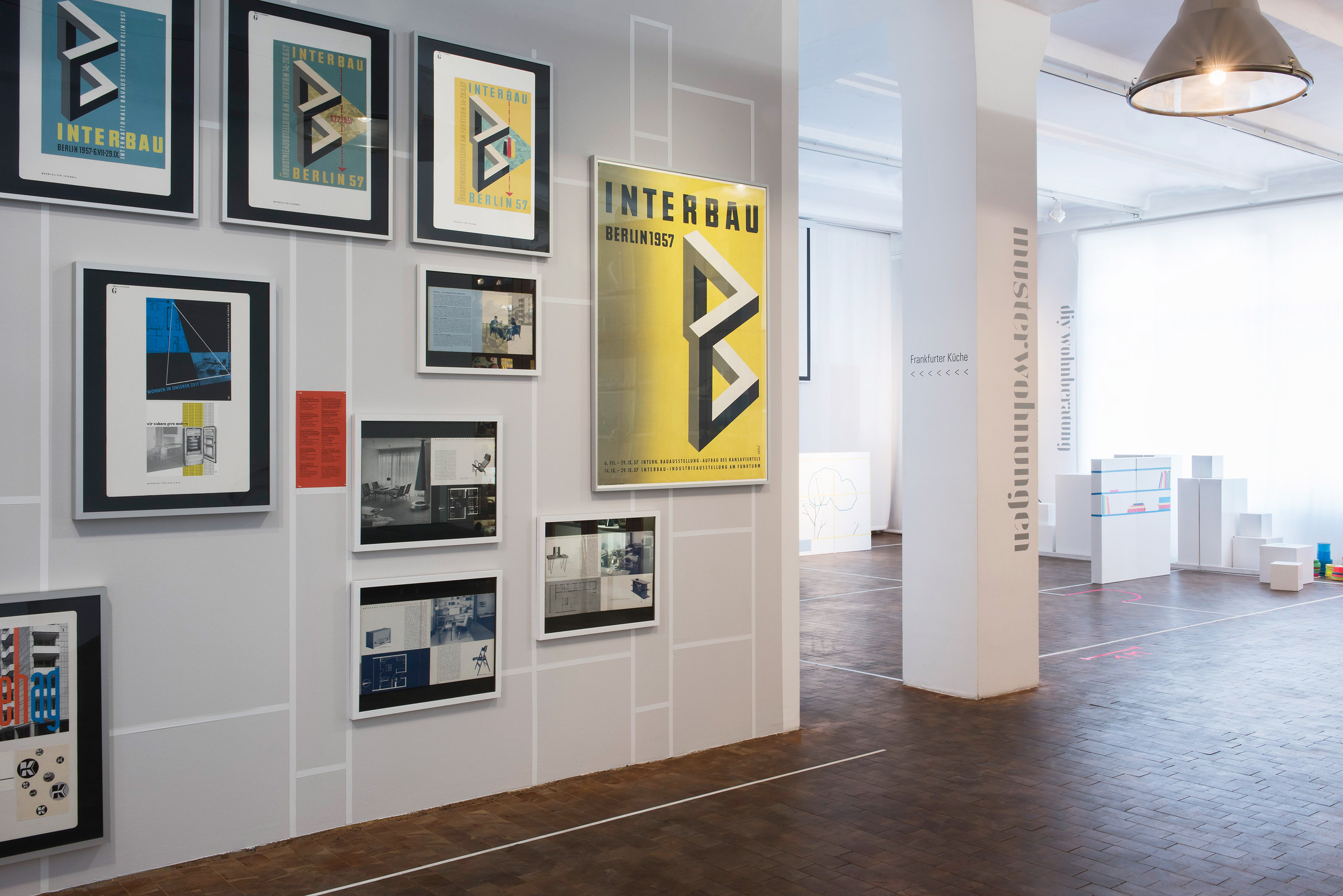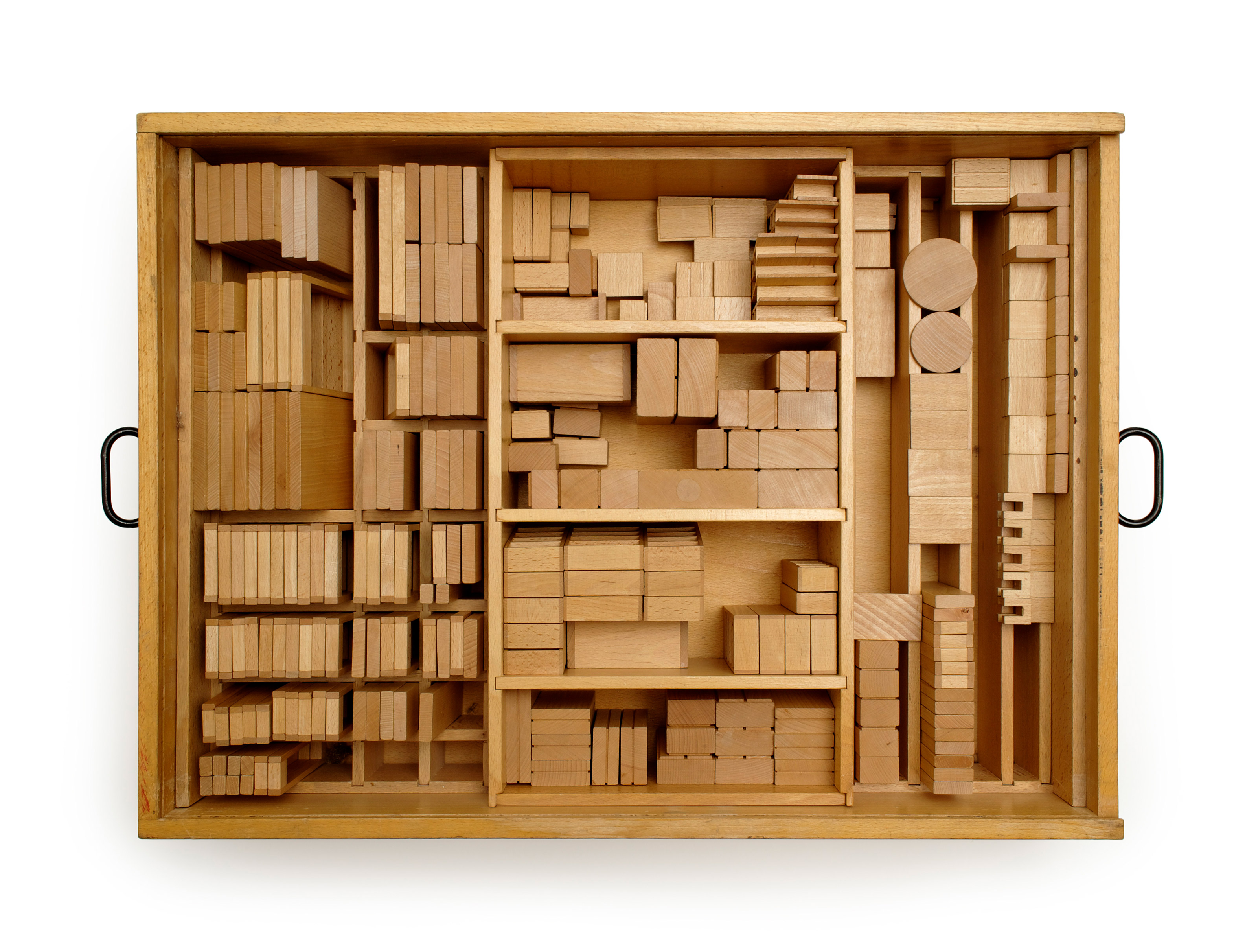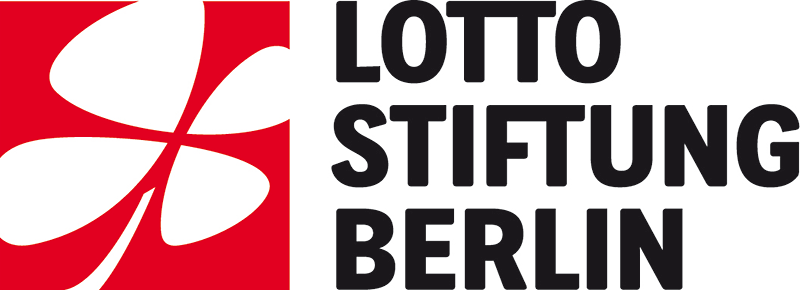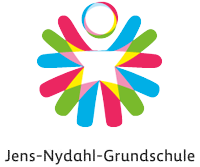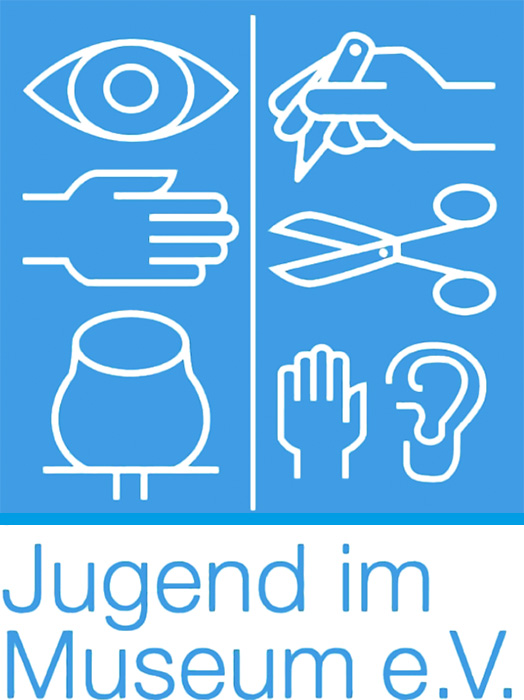Berlin after 1945: “How will we live?” was the question of the hour.
The exhibition project gern modern? explores ideas for actual and idealized concepts of home that were developed by German Werkbund members in the war-ravaged city and asks about the issue’s timeliness and significance for the present. Partially unknown objects and documents from the collections of the Werkbundarchiv – Museum der Dinge, in addition to numerous loans, offer a multi-faceted glimpse of the Werkbund living initiatives through the late 1950s. Architectural models and furniture, posters, plans and drawings, historical photos and films will be on view, as well as learning boxes and a model kit from the Berlin Wohnberatungsstelle (home advice centre).
With an incisive view of the history of the Berlin Werkbund, gern modern? offers a contribution to the current engagement with concepts of German post-war moderinsm and asks how the meaning of this historical topic could be applied to the present. The platform D.I.Y. Wohnberatungsstelle invites visitors to engage with the theme and design of the exhibition.
After the lost war, the Werkbund wanted to initiate a new social and aesthetic beginning through modern design. The programmatic and personal continuities that had existed since the time of National Socialism were largely ignored. The Werkbund considered the wide-ranging destruction of the historic urban area as a chance to implement the ideas about Neues Bauen and Die Neue Wohnungthat were developed in the 1920s. Lilly Reich, a leading Werkbund figure, spoke of a “favorable moment to pioneer a truly culturally sophisticated mode of living.“
All four sectors in Berlin at that time were concerned with the urgent need for living space, furnishings, and everyday things for those who were bombed-out and fled. This had to be attained as soon as possible through typecasting and standardization in design and production. Members of the Berlin Werkbund interior design group developed new furniture models for this purpose. In the exhibition gern modern?, the early designs of the Bauhaus students Eduard Ludwig and Herbert Hirche will be on display for the first time.
In the summer of 1946, the exhibition Berlin plant: Erster Bericht (Berlin Plans: First Report) opened in the Berliner Stadtschloss. A planning collective working with Hans Scharoun had drawn a radical vision for a new, modern Berlin. Five dollhouse-like model assembly houses made from new plastics were a public attraction. They had been developed by the International Committee for Housing, which included representatives of the Allies as well as members of the Berlin Werkbund Group. The housing typologies were customized for residential use in America, Russia, France, England, and Germany and were meant to contribute to “the peaceful reconstruction of the world,“ as Hans Scharoun explained in his opening speech. The model house “Typ Deutschland” will be rebuilt in original scale 1:5 for the exhibition gern modern?
Within the framework of the exhibition Berlin plant. Erster Bericht (Berlin Plans: First Report), the municipal authorities organized a competition for ideas that called all Berliners to co-design the future of their city. gern modern?not only shows the normative plans in the Bauhaus and Werkbund tradition, but also allows one of the other contestants, the writer Alix Rohde-Liebenau, a chance to speak.
At the beginning of the 1950s, the arguments in East and West changed before the foil of the cold war. Berlin was the focal point of interest. Living exhibitions and propaganda films beat the drum for opposing definitions of a “better life.” Living in a modern way became a political issue. This is still visible in the apartment buildings by the Luckhard brothers on Kottbusser Tor, which were developed in competition with East Berlin’s Stalinallee, as well as the new Hansaviertel, which opened in 1957 as the International Building Exhibition (Interbau).
The showcase apartments of the Interbau – including living and leisure advice centres – marked a high point in what effectively appears, in retrospect, to be authoritarian home advice activities: alongside the organization of exhibitions about Good Form, the Werkbund published advice books on the topic, developed teaching boxes for schools and created home advice centres in numerous cities. Skilled personnel helped respond for free to inquiries about living . They also displayed recommended household items from wallpaper samples to tea services. The education in good taste and proper living should also lead to a well-organized lifestyle.
Although the Werkbund itself critically interrogated its aesthetic and sociopolitical mission statements towards the end of the 1960s, they still resonate today – particularly in the wish to avoid restrictions.
Once again, the housing issue is the object of public discussion. The Platform D.I.Y. Wohnberatungsstelle offers a comprehensive accompanying program with numerous workshops, talks, and lectures. The education projects affiliated with the exhibition focus in particular on the young residents in the immediate vicinity of the museum on Kottbusser Tor: How does it feel to live in buildings and spaces that were first envisioned as a symbol for a “better life” and then developed into one of Berlin’s troubled neighborhoods and which, today, comprise part of the ongoing gentrification of Kreuzberg and Neukölln? The focus is on the high-rise ensemble by the Luckhardt brothers, whose competition model from 1952 is on view in the exhibition gern modern?
The programme of the D.I.Y. Wohnberatungsstelle will be updated continually on the exhibition blog. The results of the workshops and projects emerging over the course of the exhibition will also be communicated there.
The exhibition project gern modern? Living Concepts for Berlin after 1945 continues an exhibition series that takes into account the heritage preserved in the Werkbundarchiv – Museum der Dinge. Alongside comprehensive material from its own collections, the exhibition shows numerous loans, among others from the Akademie der Künste Berlin, the Klassik Stiftung Weimar, the Staatliche Museen zu Berlin Kunstgewerbemuseum and Kunstbibliothek, and private collections. The replica of the 1:5 scale model assembly house from the exhibition Berlin plant. Erster Bericht was made possible through the marcel-breuer-schule, OSZ für Holztechnik, Glastechnik und Design Berlin.
